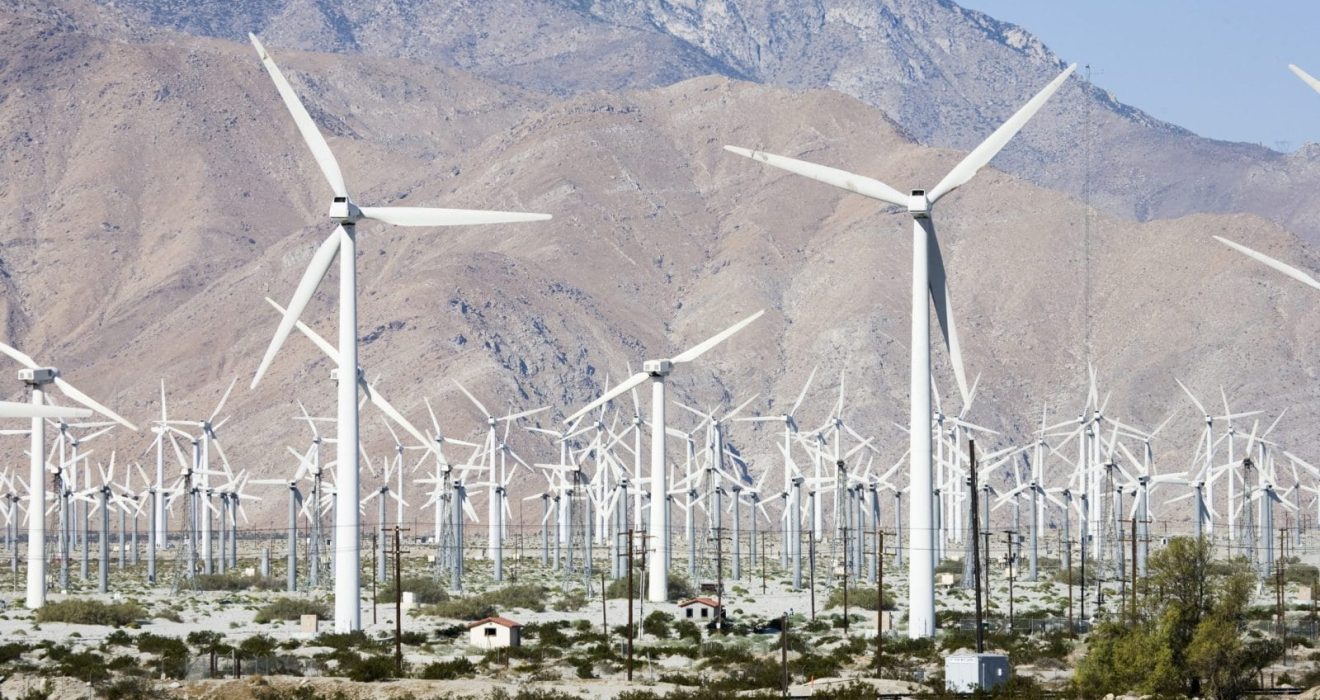In the tranquil vistas of north Leitrim, Dough Mountain stands as a focal point in the clash between proposed wind farm development and the imperative of environmental preservation. The anxieties voiced by local residents’ pivot around the looming prospect of destabilizing the mountain’s slopes, compounded by past incidents of landslides and surface contamination. Central to these concerns is the vibrant biodiversity harbored by Dough Mountain, with its critical peatlands acting as invaluable carbon sinks. The installation of large-scale turbines poses a direct threat to this delicate ecosystem, potentially disrupting habitats and jeopardizing the fragile balance of the mountain’s flora and fauna. As discussions surrounding the wind farm project intensify, preserving Dough Mountain’s ecosystem emerges as a paramount objective, reflecting the broader imperative of safeguarding natural landscapes amidst the push for renewable energy development.
Local Perspectives: Skepticism and Community Engagement
In the close-knit communities surrounding Dough Mountain, skepticism looms large regarding the enduring viability of wind turbines. Residents cast doubt on the long-term sustainability of these structures, raising questions about their environmental footprint spanning from production to disposal. John O’Hagan, an influential figure within the Save Dough Mountain movement, articulates the apprehensions resonating among Manorhamilton locals. He underscores the prevailing sentiment that profit motives often overshadow considerations for community welfare and environmental integrity. As voices of dissent grow louder, community engagement becomes paramount in shaping the discourse surrounding the proposed wind farm development. Residents are galvanized to participate actively in decision-making processes, advocating for solutions that prioritize the well-being of both the local populace and the natural environment.
Government Response: Balancing Economic Development and Environment
FuturEnergy Ireland, the driving force behind the wind farm project, defends its plans, citing geotechnical assessments to ensure stability. However, the adequacy of these assessments is challenged by the Save Dough Mountain group, which demands a more comprehensive understanding of the ecological impact. Amidst these debates, the absence of updated wind energy guidelines since 2006 draws criticism, emphasizing the need for policy revisions aligned with environmental and community welfare.
Policy and Regulatory Gaps: Navigating Towards Sustainable Solutions
The dearth of updated wind energy guidelines since 2006 presents a significant challenge, exposing glaring policy and regulatory gaps that hinder progress towards sustainable solutions. Independent TD Marian Harkin adds her voice to the growing chorus demanding revisions to these outdated guidelines, advocating for alignment with international standards and the safeguarding of local environments and communities. Urgent action is imperative to rectify these regulatory shortcomings and pave the way for responsible energy development. Without timely intervention, the absence of clear and updated policies could exacerbate existing tensions between economic interests and environmental conservation efforts. Addressing these policy gaps is essential to navigating a path towards sustainable energy solutions that prioritize the well-being of both present and future generations.
Positive Environmental Initiatives: Balancing Progress with Preservation
Amidst Ireland’s transition to renewable energy sources, wind energy emerges as a pivotal player, yet concerns persist regarding its environmental repercussions, notably on precious peatlands. The construction process, marked by the release of carbon dioxide and habitat degradation, underscores the imperative of meticulously weighing environmental consequences. Recognizing this urgency, initiatives like Global Wind Day’s Policy Statement on on-shore wind energy generation by Good Energies Alliance Ireland take proactive steps towards balancing progress with preservation. Advocating for thorough geological surveys, meaningful community engagement, and a commitment to steering clear of peatlands for wind farm placement, these initiatives champion a holistic approach to sustainable energy development. By embracing these principles, stakeholders can navigate the delicate equilibrium between advancing renewable energy goals and safeguarding invaluable natural habitats, ensuring a harmonious coexistence between progress and environmental preservation.
A Beacon for Regenerative Approaches: Community-Centered Solutions
Save Dough Mountain stands as a beacon illuminating regenerative pathways, championing community-centered solutions across various domains, including energy projects, eco-tourism, and cultural initiatives. Its stance against large-scale turbines not only signifies a local resistance but also resonates with a global discourse on equitable and sustainable transitions. Amidst Ireland’s navigation through the complexities of its green energy transition, the lessons gleaned from Dough Mountain underscore the imperative of reconciling ambitious targets with authentic community involvement and environmental stewardship. By prioritizing community voices and fostering collaborative approaches, stakeholders can forge a path towards a greener future that upholds the values of justice, sustainability, and collective well-being. Save Dough Mountain thus serves as an inspiration and guiding light in navigating the intricate landscape of sustainable development, paving the way for a more harmonious relationship between humanity and the natural world.
Toward a Balanced and Sustainable Future
The saga at Dough Mountain epitomizes Ireland’s green energy challenge, where economic progress collides with environmental preservation and community well-being. As the country steers towards a greener future, the lessons learned from Dough Mountain will shape its energy transition trajectory. By prioritizing balance, sustainability, and community empowerment, Ireland can redefine the narrative of progress in a way that is both ecologically sound and socially just.

